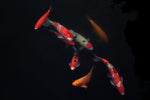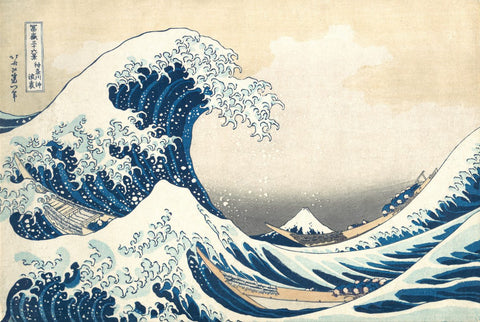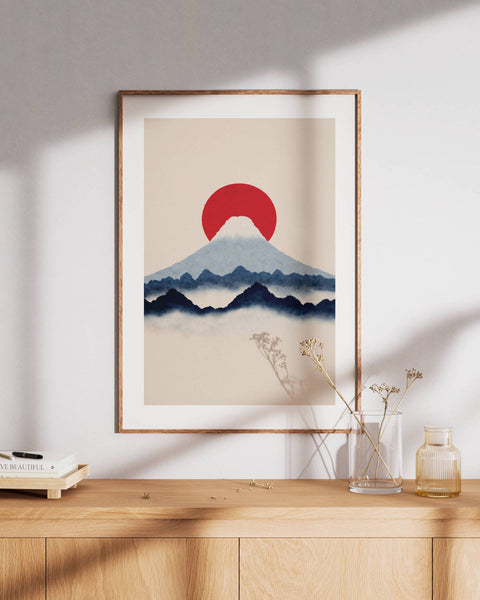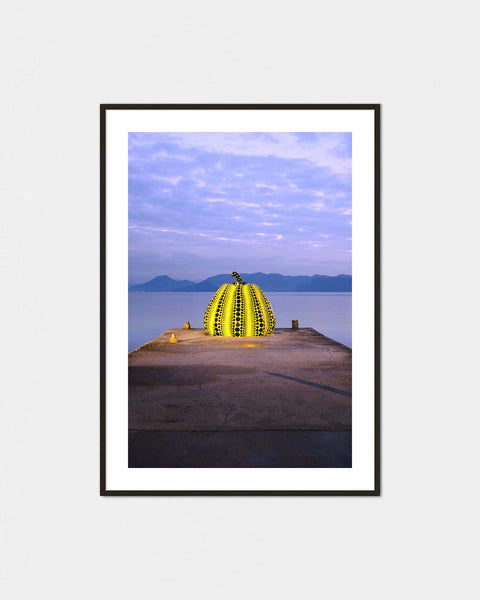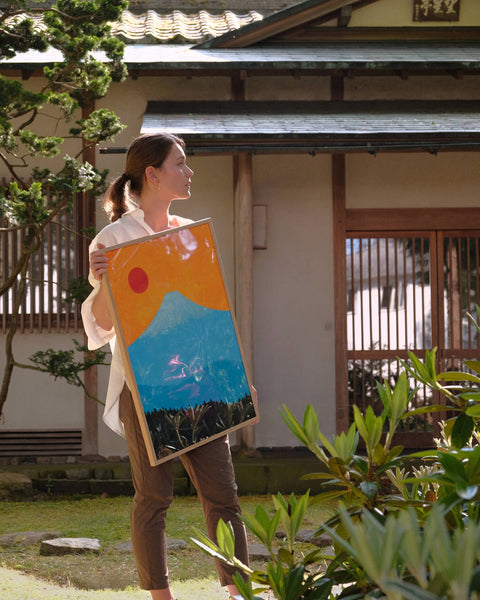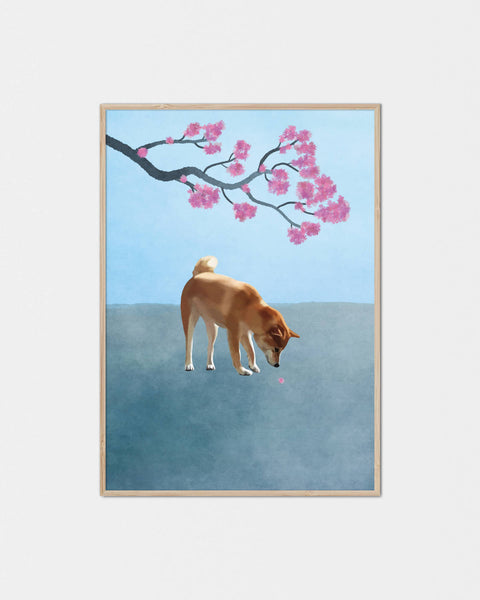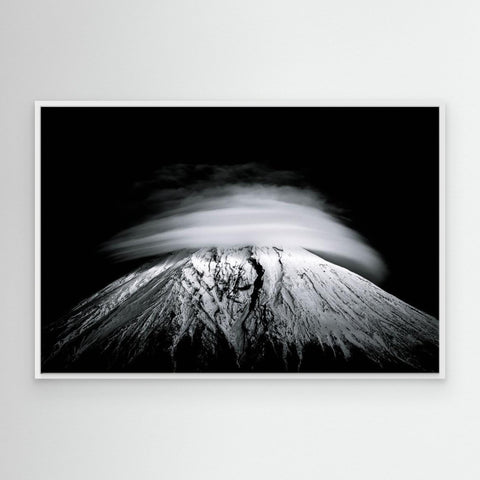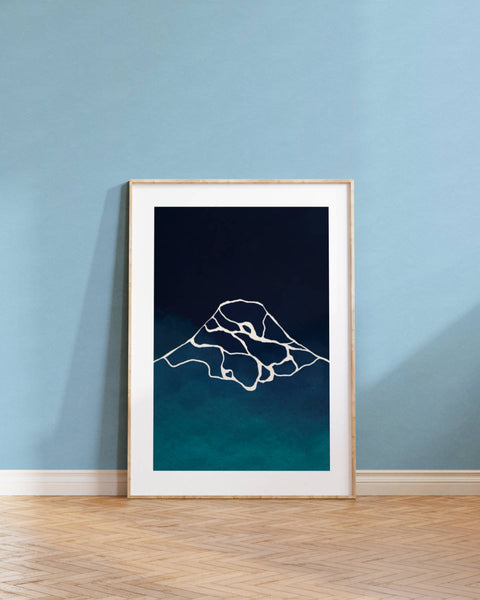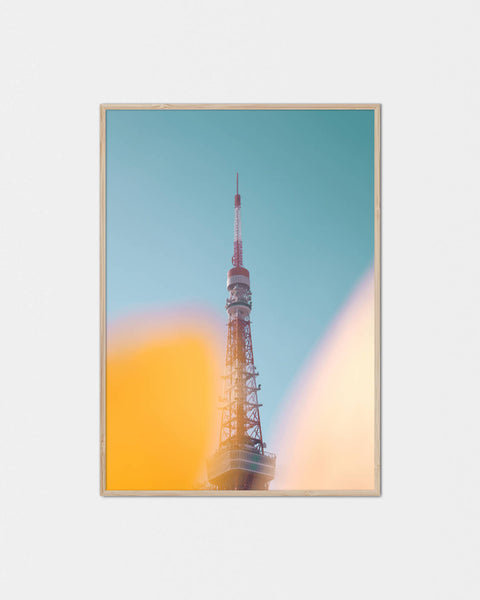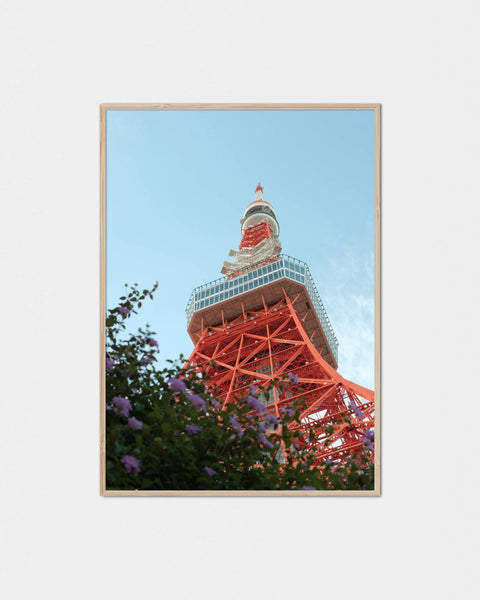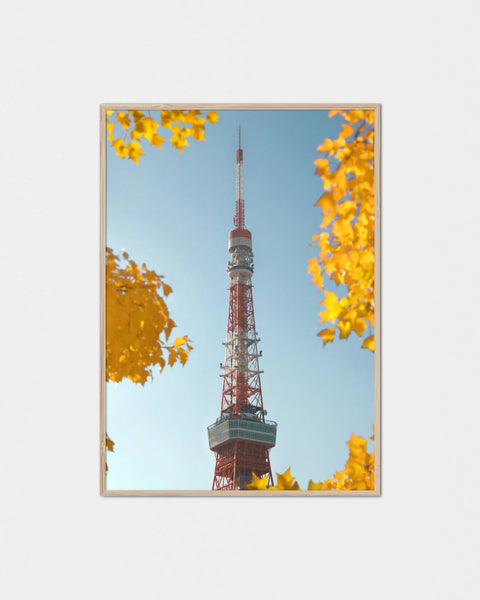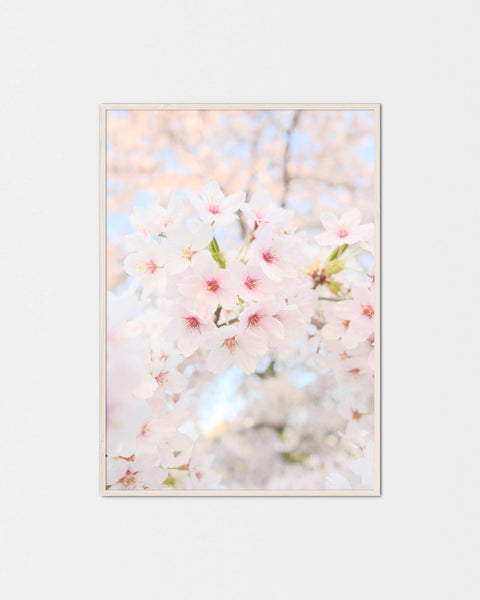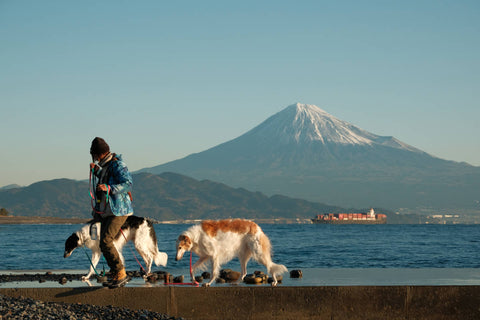The Great Wave off Kanagawa took the world by storm and brought attention to the skills of Japanese artists
Katsushika Hokusai, the famous painter behind the abovementioned work: 'Under the Wave off Kanagawa' (Kanagawa oki nami ura), also known as 'The Great Wave,' created a name for himself during the Edo period. He not only draw this particular masterpiece in his late years but a complete series of 36 beautiful views of Mount Fuji (富嶽三十六景, Fugaku Sanjūrokkei).
Edo is the former city name of Tokyo and refers to a period (1603 and 1867) where Japan had decided to close its borders, to allow the Japanese culture to flourish, with little influence from the outside world. In the early Edo period, the Japanese print genre 'ukiyo-e,' began to appear, featuring beautiful geishas and courtesans (bijin-ga) from the Yoshiwara area, as well as kabuki actors. The terminology ukiyo-e came from Buddhism and originally meant 'sad world.' Later it became associated with the world of transient pleasure, free of care, and formally translated to 'pictures of the floating world.' Towards the late 17th century, the genre rapidly became more colorful, depicting everyday life around Japan surrounded by its natural elements.
Back in the Edo period, Japanese ukiyo-e prints became popular with a broader audience within Japan. While names such as Hokusai and Hiroshige remain some of the most known ukiyo-e artists today, they were far from the only two in the business.
Unlike today, the prints were previously not associated with high-art but were rather commercial prints available at a cost that most people could afford. Because of the admiration later developed in Europe and America, and by many of the times most respected artists, it's believed that they became sought-after art collections. Consequently, Japanese ukiyo-e prints refer to some of the most iconic Japanese art known today.
A collaborative effort with a commercial interest
Although the Japanese ukiyo-e prints often are remembered and praised by the artist's name, it is not too much to say that much of the success originates back to the collective effort behind producing the prints. Typically, a publishing company would request an artist to draw a selection of designs or an idea for a given project. A trusted and skilled woodblock carver who had the technique right for the motive would then receive the drawings and begin to carve out the details, which often were extraordinary fine.
The woodblock carving process was conceivably one of the most demanding steps in securing a perfect-looking outcome. Not to mention the right set of tools and selection of wood for the job to be successful. If one thought that a single woodblock would be enough, it would be a guess. Many times, upwards of 10 blocks were required to print one design in color. These typically consisted of one key block to capture outlines and multiple color blocks to print layers of colors. It was essential to use the correct type of wood as they needed to withstand thousands of prints using the same blocks. Thus, cherry wood was often the preferred standard because it was solid to carve in and durable at the same time.
With a finished set of woodblocks, the printing team would process them one by one on 'washi' paper (Japanese paper). Firstly, by adding the outlines with 'sumi' (black ink). Hereafter, multiple color rounds for fillings, gradients, and shadings. The method applied to ink woodblocks onto paper is fascinating to watch—one block at the time using various brushes for preparation and inking, followed by a gentle pressing motion using a tool called 'baren' ultimately, making the print come alive.
Creating a Japanese woodblock print from start to end is not exactly an entirely straightforward process, especially for the untrained. However, when it comes to Japanese products, and with no exception to the typical standard of quality, the workers pushed ahead collectively, reaching customers with fast production.
We have to consider the admiration of Japanese prints exists because of talented people working hard. And that a lifetime of practice and dedication to the craftsmanship of whatever they did, began with strict schooling from a master—making these experts very focused on working with one particular thing. Not a bit of carving, and then printing. No, one thing and doing it exceptionally well. Up until this day, this kind of mentality is preserved in several aspects of Japanese society and, arguably, kept the respected traditions of many Japanese cultures intact.
In that sense, they could all be considered artists important to the culture. But why did the Japanese prints become so desired?
First of all, we now know that the prints were created out of public demand and comparably, not much different than a desirable product of someone, or something you admire today. Secondly, the ukiyo-e genre became widely popular within Japan because they captured a feeling and desire of getting close to something that was not possible. For example, the opportunity to feel close to a high-status courtesan that otherwise only was reachable by the elite class. Or to catch a glimpse of a distant and beautiful place in Japan, adding a sense of sophistication.
To dig deeper into why Japanese prints became admirable art to the outside world, one could say that the answer is related to the same reasons why foreigners are curious about Japan today. The things we haven't seen and experienced before—the colors, the shapes, the landscape, a distant life of a nation developed in isolation from the world. The strangeness and the unknown.
In my honesty, this was, and still is, one of the reasons I personally became fascinated with Japan. There is something unique and captivating about the interaction of contrast. It adds flavor to life and makes it more interesting.
When experiencing Japan and the culture, it's indeed a completely different story when you have traveled to the country in person. It isn't an exaggeration to say that the heritage, history, and balanced experience of old and new make Japan a fascinating destination for travelers who want to know more.
Regarding life in Japan several hundred years ago and how it would have been to live encapsulated in a time like Edo, with the outside world extremely distant—looking at some of these Japanese ukiyo-e prints is as close to the feeling I get.



